The 10,297 km journey from central Iran to northwest China will take two weeks, around half the time needed for the equivalent journey by ship. A freight train from China will arrive in Iran in two days.
The bright yellow train left a depot at Iran's biggest dry port of Aprin in Eslamshahr, Tehran province for Incheh Borun on the border with Turkmenistan, hauling dozens of containers. From Incheh Borun, it will head to Altynkol in Kazakhstan before ending up in Yiwu in China.
Morteza Jafari, the vice president of Commerce and Railway Operations, said in the re-launching ceremony on Sunday that the plan is to initially run one train a week from both sides before raising it to one train daily.
This is part of the China-Central Asia-West Asia-Europe Corridor development project proposed as part of the Belt and Road Initiative in 2013.
Last October, transport and railway representatives of Kazakhstan, Turkmenistan, Iran, and Turkey discussed the details of the new Eurasian transit route.
During the Sunday ceremony, Kazakh Ambassador to Tehran Ontalap Onalbayev expressed hope that the new rail route will be connected to Turkey and the European Union in the future.
Iran seeks to use its global trading credentials including its unique geographical advantages and transit opportunities to boost regional trade.
Over the past several years, the country has expanded its trade routes with allied nations, most prominently via the International North–South Transport Corridor (INSTC), a multi-modal connectivity project that establishes transport networks for moving freight between India, Russia, Iran, Europe, and Central Asia.
Last year, Iran’s late president Ebrahim Raeisi and his Russian counterpart Vladimir Putin signed an agreement to create the Rasht–Astara railway, expected to boost the INSTC by connecting South Asia to northern Europe and potentially “rivaling” the Suez Canal.
A few weeks later, Raeisi inaugurated the second phase of the Mianeh–Tabriz railway mega project, which will connect Iranian railways to Europe for the first time.
Incoming president Masoud Pezeshkian recently confirmed he would continue on the path laid down by his predecessor. He said the Islamic Republic will continue prioritizing bilateral and multilateral cooperation with Russia and China, particularly within frameworks such as BRICS, the Shanghai Cooperation Organization (SCO), and the Eurasia Economic Union.
With the future of relations with the West being in a state of flux, Iran has to build some kind of economic security in order to protect its economy.
One of the ways is to use the country's territorial capacity to develop transit corridors and expand cooperation with the countries that are not aligned with the United States.
China is perhaps the ideal option because it has most of the components Iran needs. Iran has huge reserves of oil and gas which it needs to export in order to maintain its economy. China, on the other hand, needs to import hydrocarbons in order to keep its economic growth.
Both countries are the target of unilateral coercive measures by the US, which incentivize Beijing and Tehran to work closely.
Decades of sanctions against Iran have hurt the country's hydrocarbon exports to the Asia-Pacific region, where countries such as India, South Korea and Japan have submitted to US pressure to stop Iranian shipments.
However, China has maintained trade with Tehran, including oil purchases from the country. In March 2021, it signed a 25-year cooperation agreement to strengthen their long-standing economic and political alliance.
The new route offers more trade between the two allies. It enables Beijing to fulfill its huger for raw materials and energy resources from Africa and West Asia and benefits Tehran in doing so, reversing the effects of economic sanctions imposed by the West.
The Iran route is a spur to the ambitious Central Asian trade network popularly known as the Middle Corridor which is drawing enormous enthusiasm among countries.
The budding network is creating lucrative opportunities for regional economies in Central Asia and offering shippers cheap alternate trade routes in the face of sustained attacks by Yemeni fighters on Israeli-, US- and UK-linked vessels in the Red Sea.
The trade route gives Iran new points of access at a time when about 85% of its international trade share occurs via maritime transportation. It also strengthens the country’s long-sought plan to become a regional transportation hub.
Tehran provides Beijing with an opportunity to reduce maritime cargo trade in the Indian Ocean and most importantly relieves the country from what is known as China’s Malacca Dilemma.
The Malacca Strait is where much of China’s trade, particularly its imported oil and natural gas, passes providing an ideal chokepoint for the Americans. As tensions between Beijing and Washington simmer over Taiwan and the South China Sea, the new land-based trading route limits the US leverage and strengthens China’s position.
To sum up, expanding transit routes give Iran an opportunity to strengthen its strategic engagement with China and streamline trade with other countries.
MA/PressTV







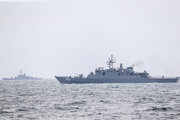
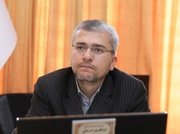
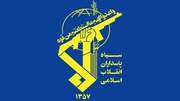






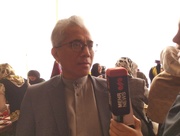
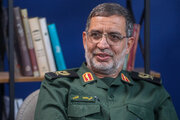



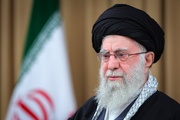

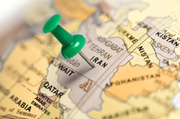

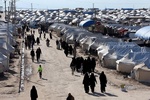
Your Comment